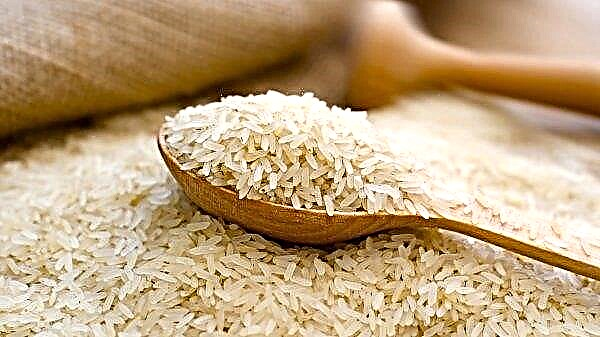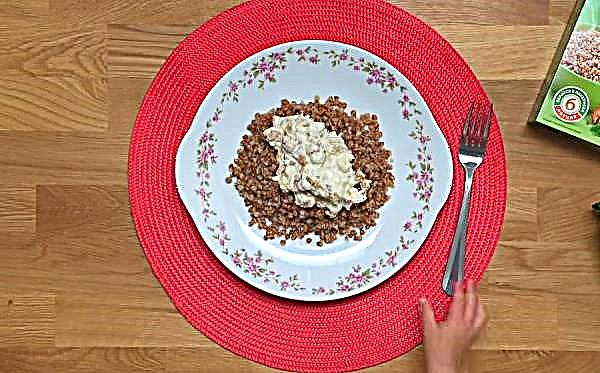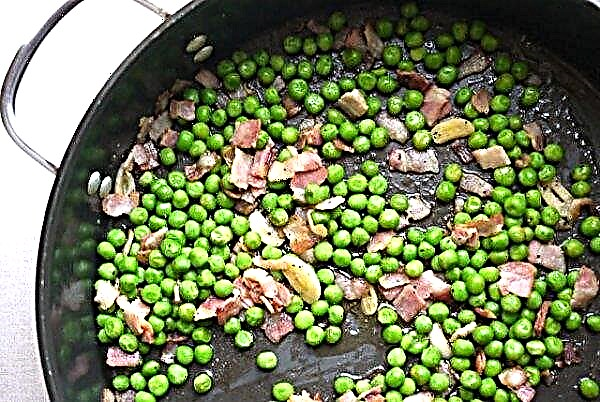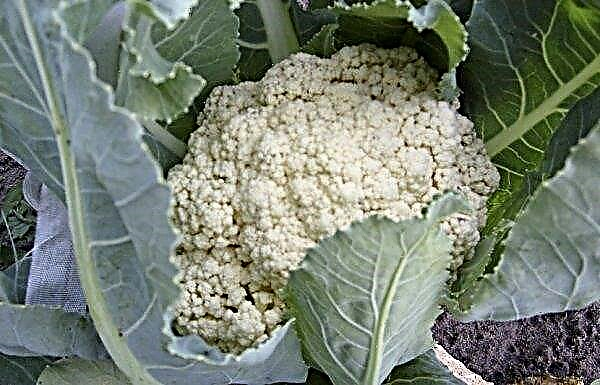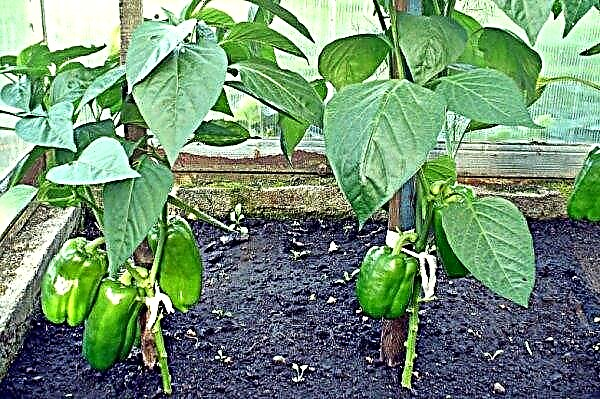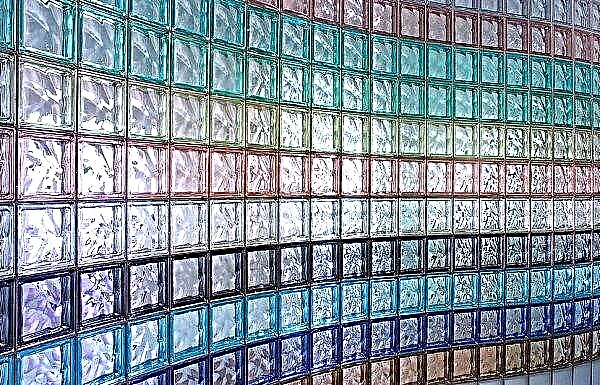Each farmer involved in landscaping, wants to make a small pond in the garden, which will add aesthetics and decorativeness to the site. To dig a pond, it’s tedious to choose the right place. Many advise to make a reservoir in nearby groundwater so as not to worry about filling it. However, you first need to dry the soil a little if you are going to grow plants nearby.
Groundwater pond requirements
There are a number of requirements that are required to create a pond from groundwater:
- compliance with the proportions of the garden;
- good illumination, at least 5 hours a day should be exposed to direct sunlight;
- not close to trees, so that the pond is not polluted by leaves and debris.

How to normalize humidity
To equip the site, it is necessary to normalize the level of humidity. There are several ways to do this, the best of which is drainage. First you need to identify the problem and only then solve it. More on this will be discussed below.
Important! It is necessary to drain the soil when the depth of the groundwater drops to 1-2 m. Otherwise, the site will be constantly waterlogged and the plants will not develop.
High water table
If your site has a high level of groundwater, then you can always have a pond in the garden. The advantage of such a reservoir is that in spring the liquid level will reach the edges. In summer, groundwater will deepen, with the result that the pond will be only half full. With the onset of autumn, the moisture level will rise again and in winter the reservoir will again be almost full.
If you do not want the site to be constantly too waterlogged, since this negatively affects the development of plants, then you need to use deep drainage, which will be installed around the perimeter. If such methods do not help, a more meaningful drainage well equipped with a pump can be made. When there is too much fluid, he will distribute it evenly around the entire perimeter of the site.

Clay soil
The disadvantage of clay soils is that they do not allow fluid from precipitation to enter the inner layers. As a result, the body of water may fill up too much and spill water around the entire perimeter of the garden. This will affect the development of plants and can provoke root rot.
The following methods will help to solve the problem and normalize the humidity level:
- open and filling ditches into which excess water will merge;
- filter layer to the surface of the earth.
Did you know? The Grand Prismatic Spring pond, which is located in the USA, regularly changes the color of water at the edge. This is due to the presence of bacteria that are distributed around the perimeter of the reservoir.
Marshland
If you live in a marshland, it is possible to dig a pond if you drain the area a little. It is best to make a drainage ditch around it, which will increase the level of soil throughout the area. If in addition groundwater is closely adjacent and the bogging of the area is seasonal, then the problem must be solved by other methods. It is better to dig up frequent open drainage ditches.

Allotment in lowland
If your plot is located in a lowland, then digging an artificial pond in the lowest point of the garden is the best option. You also need to make nearby closed drainage, which is distributed throughout the territory.It is necessary to drain the site until the soil becomes looser so that plants can be grown on it. Only because of this can the territory be ennobled.

How to make a groundwater pond
If you decide to make a decorative pond from groundwater close to the surface, then the technology of action should be as follows:
- Mark the area and determine the size of the future reservoir.
- The optimal depth should be 3 m (in the center) and 1.2 m (at the edges), width - 15 m, and length - 50 m.
- Pour sand with a height of 20-30 cm into the pond.
- Give 2-3 days for the soil to settle.
- Run the water.
- In the future, the moisture level will be regulated by soil sources.

Land reclamation
There is a main method of draining the soil - reclamation. It is best to use the services of experienced land reclamators. If this is not possible, then the procedure can be carried out independently.
There are several ways to reclamation:
- closed;
- open;
- filling.
Did you know? Near Beppu there are several unusual ponds that the Japanese call "hell." This is due to the fact that water has a rich red tint, and its temperature reaches + 90 ° C.
Outdoor drainage
The essence of open drainage is that ditches with a general slope in one direction are pulled out over the entire area. Precipitation will merge into them. After that, moisture is absorbed into the inner layers of the soil without causing waterlogging. This option is ideal for clay lands that do not allow water to pass through well. The depth of the ditch must be determined based on the location. Width should be 1/3 of the depth.

Backfill drainage
To carry out this type of reclamation, you need to cover the dug open drainage. To do this, use geotextiles. After this, pour a dense layer of gravel, which should occupy 1/2 of the entire depth.
The edges of the geotextile, which should protrude 30 cm from the sides, are wrapped to protect against siltation. Sprinkle a layer of sand and earth on top. You can also plant a lawn that will mark the location of the drainage ditch and make it more decorative.

Indoor drainage
The essence of closed drainage is to install a network of perforated pipes. They need to be deepened below the level of soil freezing. Otherwise, they can be deformed.

Pipes are laid in trenches, which are pre-filled with a sand cushion (layer about 30 cm) and gravel. You can also carry out a procedure that will prevent siltation of the earth. To do this, geotextiles are used, which need to wrap a layer of gravel and the contour of the trench.
Important! All types of drainage cannot be done near buildings, otherwise the foundation may be destroyed.
If you decide to make a pond on the site, then try to carry out the procedure in accordance with all the rules. Adjust the humidity level so as not to swamp the area. If you properly care for the reservoir (clean, disinfect, etc.), then it will be a real decoration of the garden.

